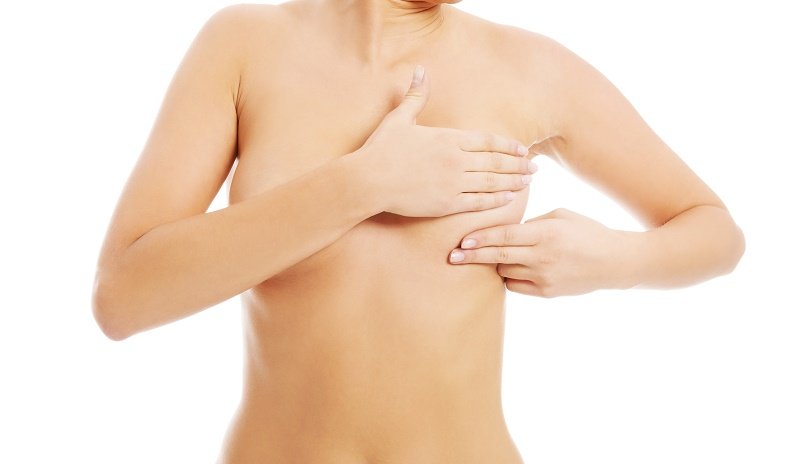A breast self-examination (MEA) is a technique that allows an individual to examine their breast tissue for any physical or visual changes. It is often used as an early detection method for breast cancer. Both men and women must perform an AEM at least once a month from the age of 18.

Breast cancer is one of the leading causes of death in women. However, with a simple self-examination, this health problem can be controlled to detect it early and initiate the appropriate treatment. The breast self-exam takes no more than a couple of minutes and is very simple.
When performing a breast self-exam, women should feel the skin around the breasts for abnormal lumps.
This technique allows detecting all types of tumors and cysts when they are beginning to develop (giving time to make a consultation and obtain a better prognosis in the case of non-benign tumors).
Table of Contents
Before doing your breast self-exam.
- The ideal time to practice self-examination is a few days after menstruation (when the breasts are no longer as sensitive to contact).
- If you are pregnant, no longer have periods, or your period is irregular, choose a specific day each month.
- This should not be done in the shower or with a lotion on the skin or fingers.
How to do a breast self-exam
First part
- The first step in performing a breast self-exam is to stand in front of the mirror with your torso uncovered and observe the shape of your breasts with your arms at your sides.
- Next, with your hands on your waist, you should lean your torso forward.
- Check if the shape of the breasts is the same since the last breast self-exam.
- The final part of this exam can be done in the shower (preferably with soapy skin).
- Raise the left arm and palpate the left breast with the right hand from the inside (use 3 or 4 fingers). Go over that breast from the internal to the external area (next to the armpit) making circular movements.
- Then proceed to do the examination of the right breast.
- Press each of the nipples and check if any fluid comes out of them.
- Remember or write down the results of each breast self-exam (once a month is enough).
- In case of detecting an anomaly, make a medical consultation.
Second part.
Stand in front of a mirror and look closely at your breasts in the following three positions, looking from the right and left, as well as looking straight ahead. Check the changes to the following:
- Shape: Compare one with the other. One breast can normally be larger than the other, but sudden changes in size should not occur.
- Skin – Check for a rash, redness, puckering, dimpling, or orange-peel-like appearance.
- Nipples: Check for any physical changes, such as a sudden inversion, peeling, redness, itching, swelling, or discharge.
- Vein patterns – look for a noticeable increase in the size or number of veins compared to the other breast
What’s Next?
Repeat this exam every month, even if you are pregnant, to familiarize yourself with the normal look and feel of your breasts.
If you find a lump or notice other unusual changes: Don’t panic. About 80% of the lumps found are not cancerous. See your doctor immediately for further evaluation.
